Modern Art can be very intimidating to understand, especially for those who are not familiar with the art world or have limited exposure to contemporary artworks. Unlike European classical art, modern art does not always adhere to traditional aesthetic categories. Instead, it challenges traditional norms and pushes boundaries in terms of style, materials, and subject matter. Sometimes, it can be difficult to decipher the meaning or intention behind modern artworks, leading to frustration and a sense of disconnect between the viewer and the artwork. I want to provide a beginner’s guide to understanding and appreciating modern art, with the goal of making it more approachable and accessible. In this guide, we will explore some key concepts and strategies that can help individuals develop a deeper understanding and appreciation for modern art.
Let’s dive in!

What is Modern art?
Modern art refers to art that was created during the period from the 1860s to the 1970s. It is characterized by a departure from traditional styles and a focus on experimentation and innovation. Modern artists sought to express their ideas and emotions through new techniques and materials, often breaking away from the conventions of representational art. Some key characteristics of modern art include abstraction, surrealism, and expressionism. Abstract art, for example, focuses on shapes, colors, and forms rather than depicting realistic images. Surrealism explores the unconscious mind and dreams, while expressionism conveys emotions and feelings through bold and vivid strokes. Additionally, modern art includes various movements such as impressionism, cubism, and abstract expressionism, each with its own unique artistic approach.
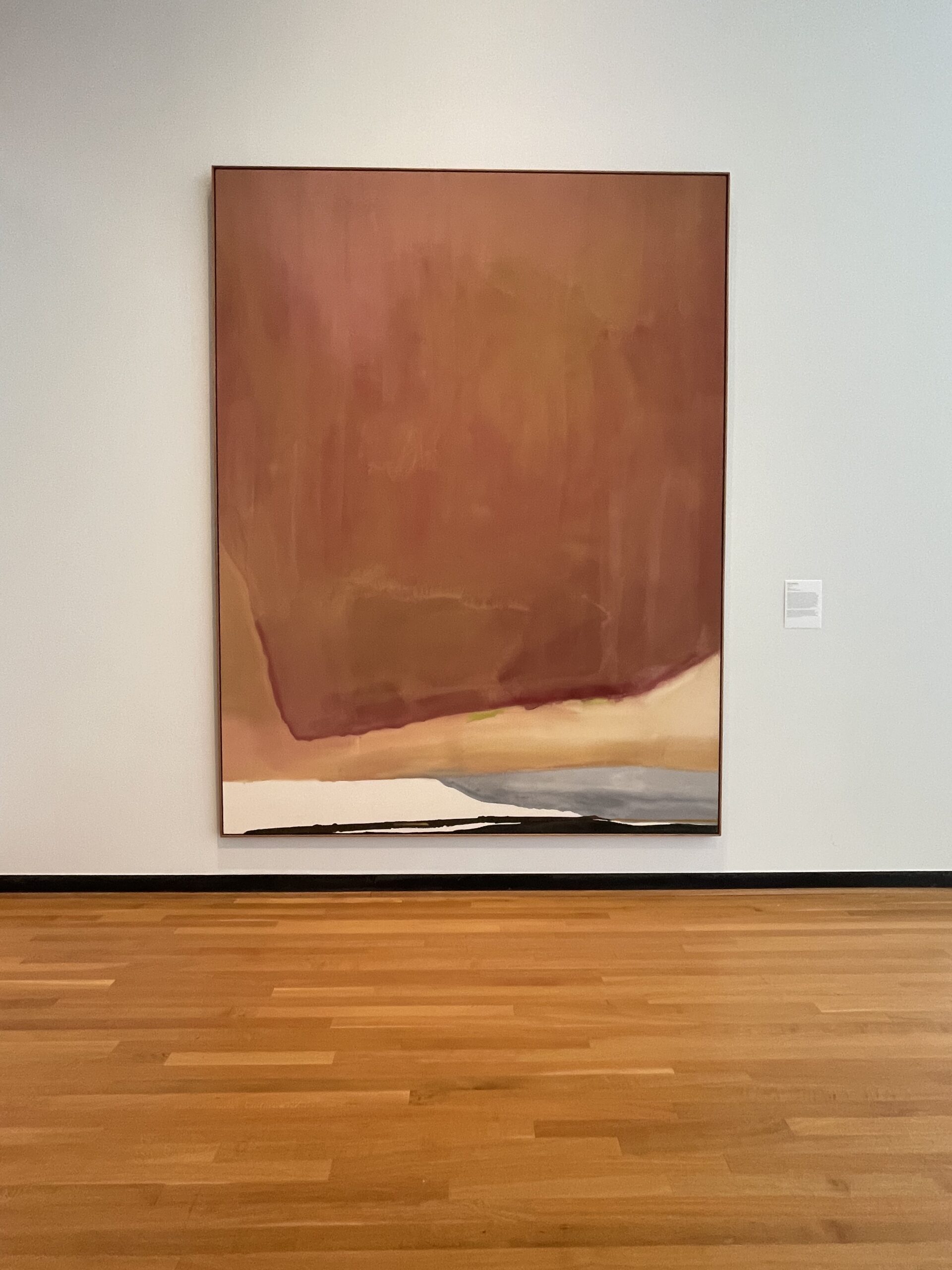
Key characteristics of modern art
Modern art is known for its innovative and experimental approach. It often emphasizes abstract and non-representational forms, focusing on emotions, ideas, and expressions rather than realistic portrayals. Modern art also embraces diversity in materials, techniques, and subject matter, challenging traditional artistic norms. Additionally, it often reflects the social, political, and cultural context of the time, creating a dynamic and ever-evolving artistic movement.
Major movements and artists in modern art
Modern art encompasses a variety of movements and artists that have shaped the art world. Here are some major movements and artists in modern art:
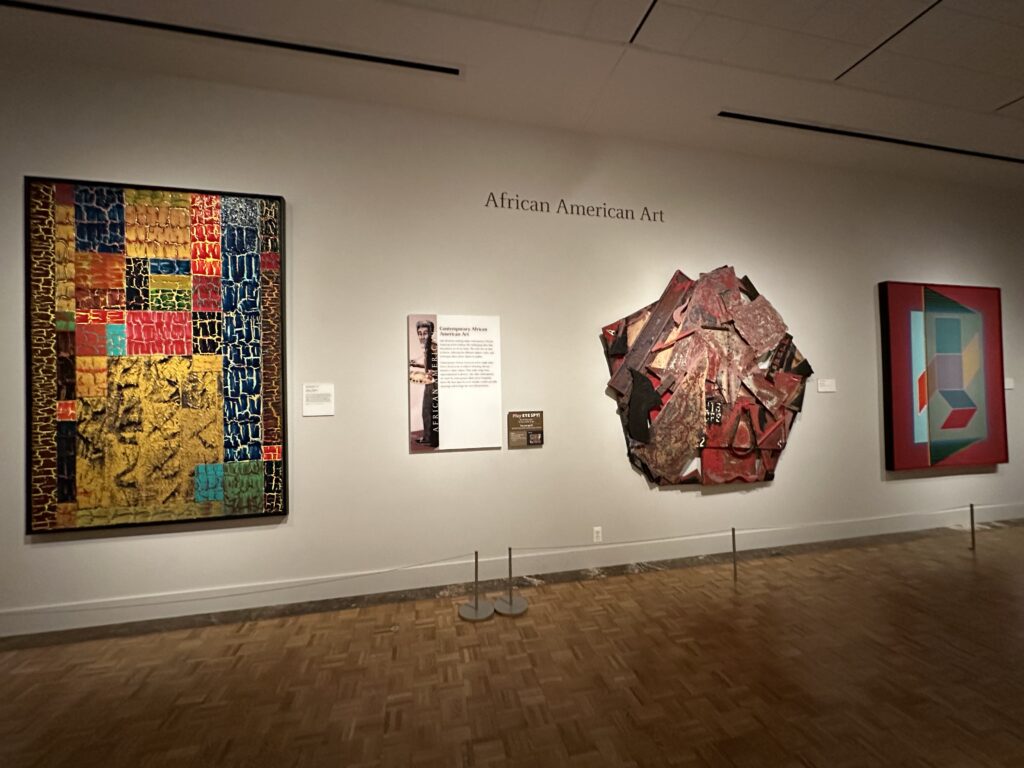
- Impressionism: Characterized by visible brush strokes and the emphasis on light and its changing qualities, prominent artists include Claude Monet, Pierre-Auguste Renoir, and Edgar Degas.
- Cubism: Artists like Pablo Picasso and Georges Braque established this movement, known for its geometric shapes and abstract approach to depicting reality.
- Surrealism: Led by Salvador Dali and Andre Breton, this movement sought to unleash the unconscious mind to explore creativity and imagination.
- Abstract Expressionism: Featuring artists such as Jackson Pollock and Willem de Kooning, this movement emphasized spontaneous, automatic forms of painting to convey emotions and subconscious thoughts.
- Pop Art: Andy Warhol and Roy Lichtenstein popularized this movement, which incorporated imagery from popular culture and mass media.
These movements and artists have left an indelible mark on modern art, showcasing the diversity and creative innovation in the art world.
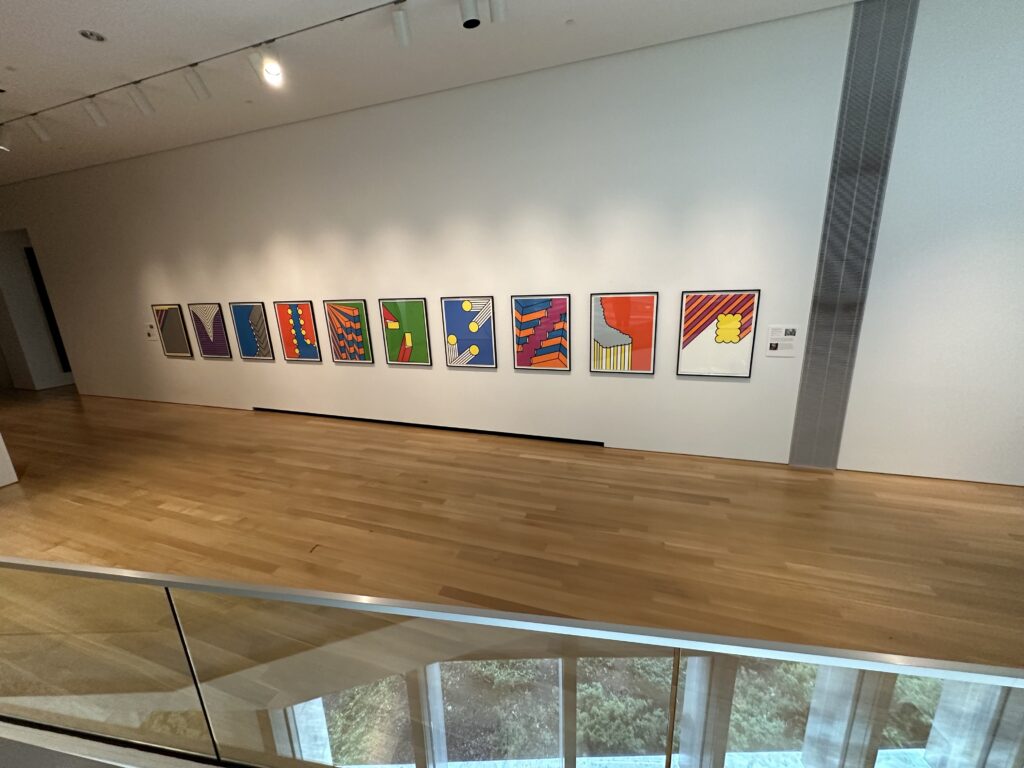
Understanding abstract art
Abstract art, as the name suggests, is a style of art that does not depict objects or figures in a realistic or recognizable way. Instead, it focuses on shapes, forms, colors, and textures to convey emotions, ideas, and concepts. Here are some key points to help you understand abstract art:
- Abstract art aims to evoke an emotional response or provoke thought, rather than represent a specific subject.
- It allows artists to express themselves freely, using shapes, colors, and forms to convey their inner thoughts and feelings.
- Understanding abstract art requires an open mind and an appreciation for the elements of design, such as composition, balance, and contrast.
- While abstract art may seem non-representational at first glance, it often has underlying meanings and intentions that can be discovered through careful observation and interpretation.
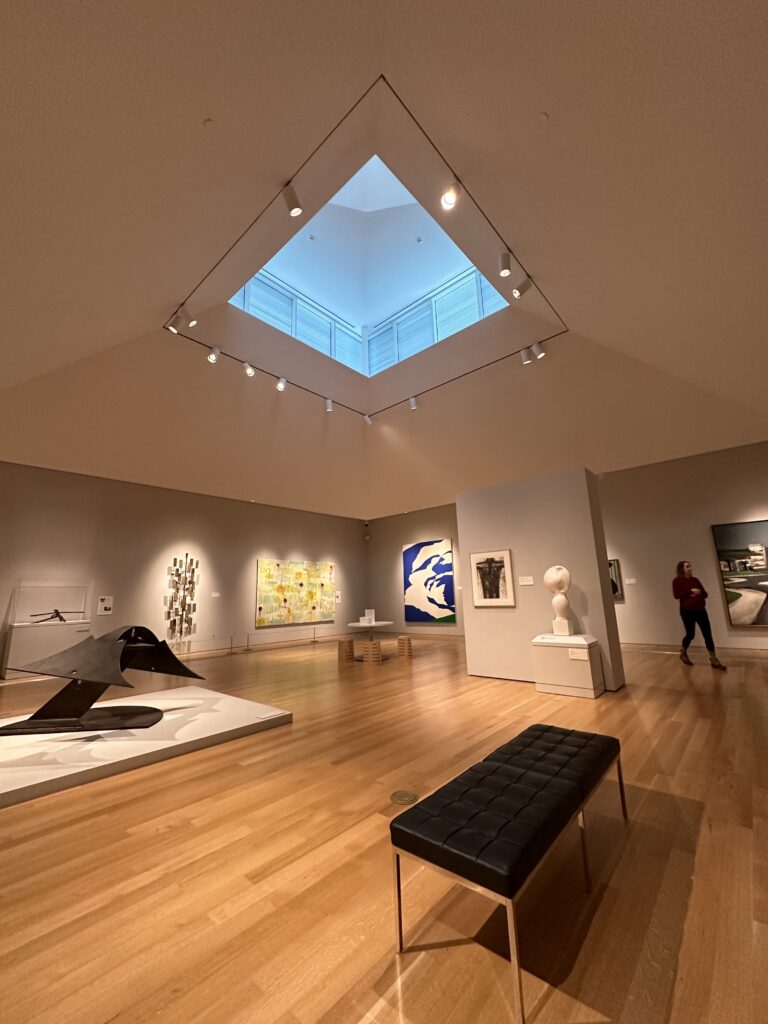
Exploring different mediums in modern art
Modern art incorporates various mediums including painting, sculpture, photography, performance art, and digital art. Each medium offers a unique way for artists to express themselves and convey their messages. Paintings allow for the use of colors, textures, and brushstrokes to evoke emotions, while sculptures use three-dimensional forms to create tangible expressions of artistic concepts. Photography captures real-life scenes and moments in a visually impactful way, while performance art uses the human body and movement to create thought-provoking experiences. Digital art utilizes technology to create innovative and interactive artistic expressions. Exploring these different mediums can help you gain a deeper appreciation for the diversity and creativity in modern art.
Art appreciation tips for beginners
If you’re new to the art world and want to learn how to appreciate modern art, here are some helpful tips to get you started:
- Educate Yourself: Take the time to learn about different art movements, styles, and artists. Understanding the context behind a piece of art can enhance your appreciation of it.
- Visit Galleries and Museums: Spend time exploring art galleries and museums to see various artworks in person. Pay attention to the emotions and thoughts each piece evokes in you.
- Engage in Discussions: Join art appreciation groups or online forums to exchange ideas and opinions with fellow art enthusiasts. Hearing different perspectives can broaden your understanding of different artworks.
- Keep an Open Mind: Approach art with an open and curious mindset. Remember that art is subjective, and everyone’s interpretation may differ.
By following these tips, you’ll develop a deeper appreciation for modern art and enjoy the journey of discovering new, thought-provoking works.
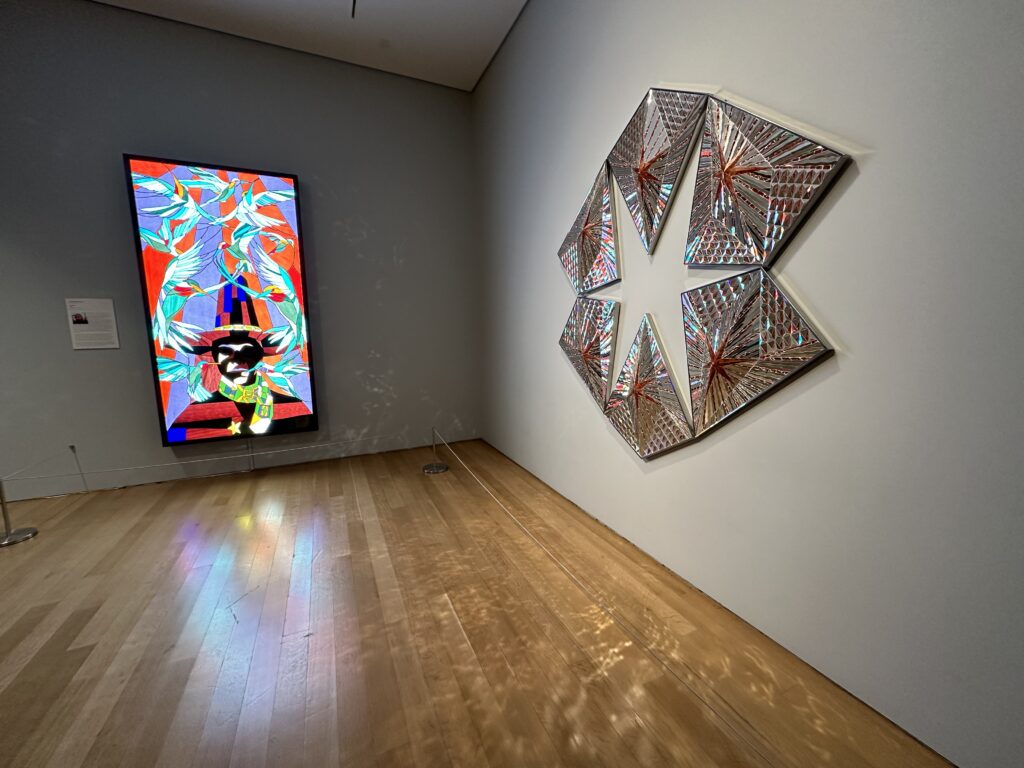
How to analyze and interpret modern art
To analyze and interpret modern art, you can start by examining the colors, shapes, and textures used in the artwork. Consider the emotions and feelings evoked by the piece and how they are conveyed through the artist’s choices. Additionally, pay attention to any symbolism or themes present in the artwork, as they can provide insight into the artist’s intention. Research the artist and the historical context in which the artwork was created, as understanding the background can offer valuable context for interpretation. Lastly, be open-minded and trust your instincts when interpreting modern art, as there are often multiple valid interpretations for any given piece.
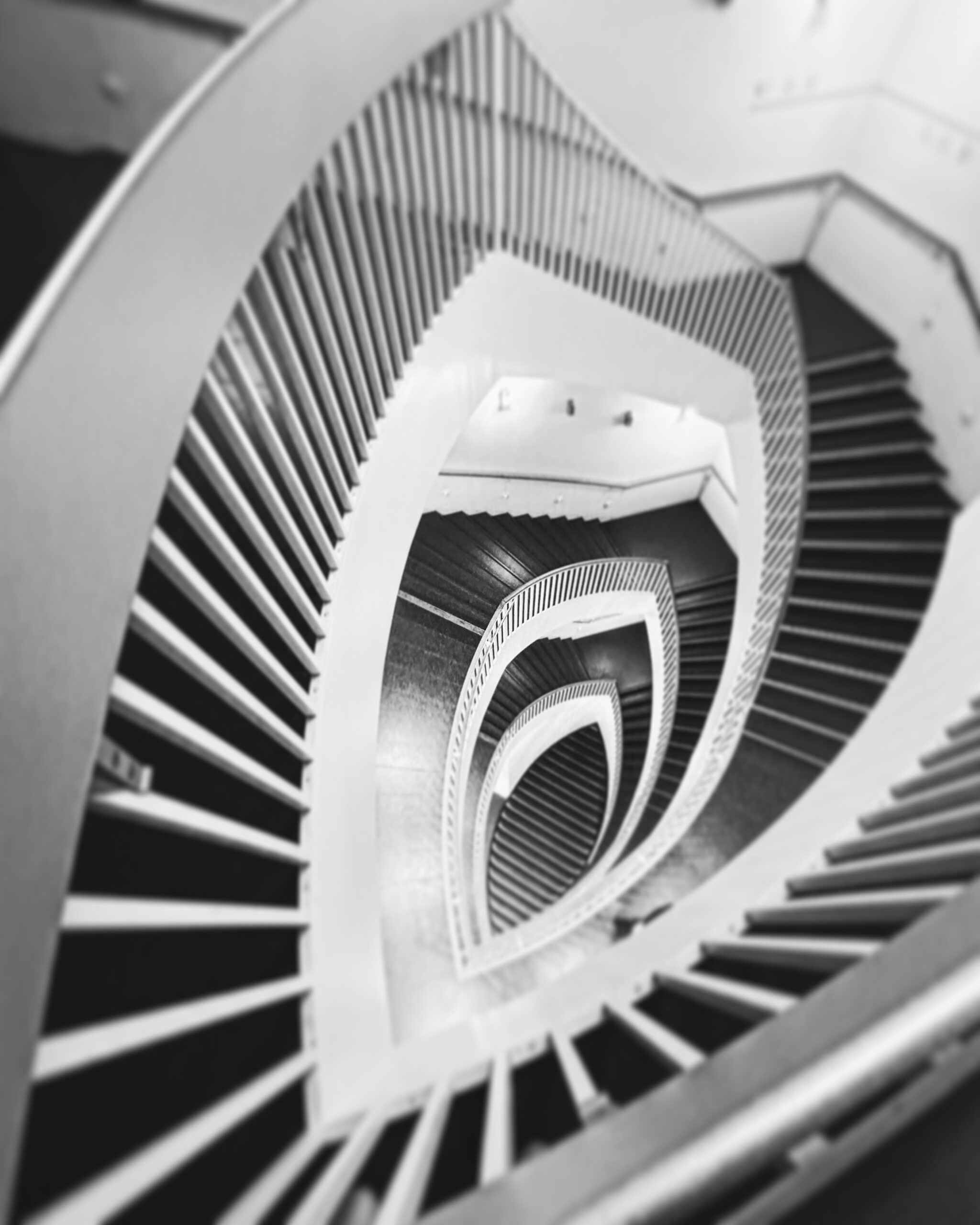
Visiting modern art galleries and museums
When visiting modern art galleries and museums, it’s important to keep an open mind and approach the artwork with curiosity. Take your time to observe each piece, paying attention to the use of color, shape, and texture. Consider the emotions or ideas that the artwork conveys and how it makes you feel. Engage with the art by asking questions and seeking to understand the artist’s perspective. Try to attend guided tours or talks to gain deeper insights into the artworks on display. Above all, enjoy the experience and allow yourself to be inspired by the creativity and diversity of modern art.

Modern art in the digital age
Modern art has evolved to embrace the digital age, with artists now exploring new mediums such as digital painting, virtual reality installations, and interactive digital art experiences. This shift has opened up exciting possibilities for both artists and art enthusiasts, allowing for the creation and appreciation of art in innovative and interactive ways. Digital art has also provided a platform for artists to address contemporary issues and express their creativity in dynamic and thought-provoking ways. Entering the digital age has expanded the boundaries of modern art, inviting a new generation to engage with and appreciate the evolving landscape of artistic expression.
Conclusion and next steps
After learning about modern art, you may want to visit art galleries and museums to see the artworks in person. This can deepen your understanding and appreciation of modern art, as you will be able to see the techniques and details up close. Additionally, consider joining art classes or workshops to explore your own creativity and understanding of different art forms. Keep exploring, experimenting, and learning about modern art to further enrich your experience and knowledge.
As always choose a day when you have not much planned so you can take your time and enjoy your visit at a museum or exhibit!
Happy Exploring,
<3 Ann

